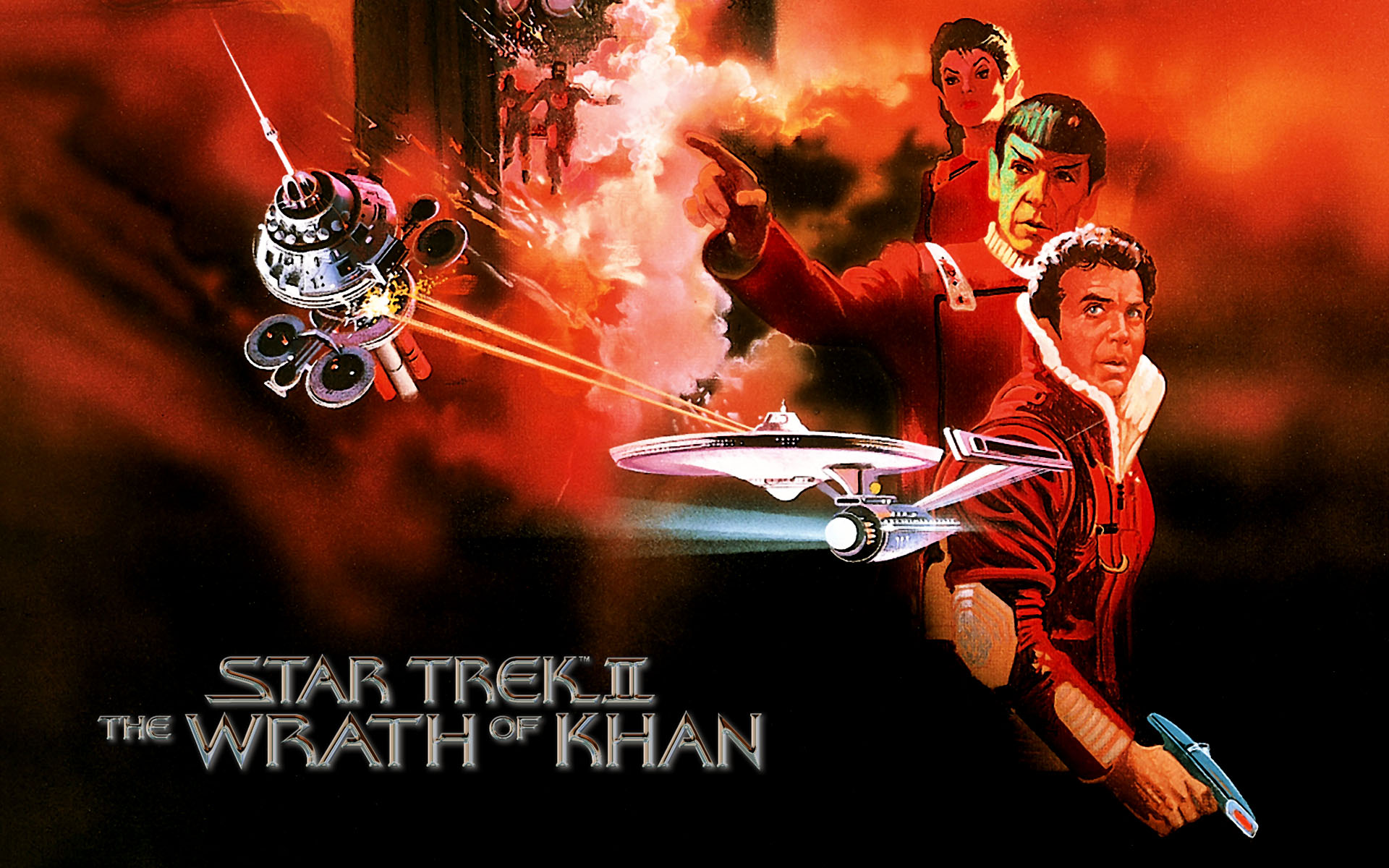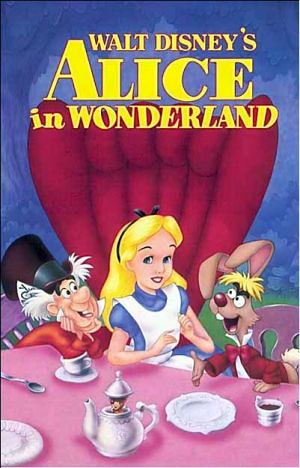| 1824- Peter Roget presented his paper 'The persistence of vision with regard to moving objects' to the British Royal Society. | |
|
| 1831- Dr. Joseph Antoine Plateau (a Belgian scientist) and Simon von Stampfer (An Austrian mathematician, surveyor and inventor) constructed a machine called a phenakitstoscope. | |
|
This machine produced an illusion of movement by allowing a viewer to gaze at a rotating disk containing small windows. Behind the windows was another disk that contained a sequence of images. When the disks were rotated at the correct speed, the synchronization of the windows with the images created an animated effect. | |  |
1872- Eadweard Muybridge started his photographic gathering of animals in motion.
| |
|
| 1887- Thomas Alva Edison started his research work into motion pictures. | |  |
| 1889- George Eastman began the manufacture of photographic film strips using a nitro-cellulose base1892- Charles-Emile Reynaud combined his earlier invention of the praxinoscope with a projector. A display show was organized at the Theatre Optique in the Musee Grevin. It displayed an animation of images painted on long strips of celluloid. | |
|
| 1895- Louis and Auguste Lumiere are issued a patent for a device called as a ‘cinematograph‘ which would be capable of projecting moving pictures. | |
|
| 1896- Thomas Armat designed the vitascope which projected the films of Thomas Edison. This machine had a major influence on all sub-sequent projectors. | |  |
| 1906- J. Stuart Blackton makes the first animated film which he called "Humorous phases of funny faces." His method was to draw comical faces on a blackboard and film them. He would stop the film, erase one face to draw another, and then film the newly drawn face. The “Ôstop-motionÕ” provided a starting effect as the facial expressions would change before the viewer’s eyes. | |
|
| 1908- In France, Emile Cohl produced a film ‘Fantasmagorie’ which was the first move that depicted white figures on a black background. | |
|
| 1910- Cohl makes ‘En Route’ which is regarded as the first paper cutout animation. This technique saved time by not having to redraw each new cell. All that had to be done was to reposition the paper. | |
|
| 1911- Winsor McCay produced an animation sequence using his comic strip character "Little Nemo." | |
|
| |
|
| 1913 John R Bray devised "Colonel Heeza Liar" created "Old Doc Yak." | |
|
1914- Bray applies for a patent for numerous techniques for animation. One of the most revolutionary processes was that of printing the backgrounds of the animation.
Winsor McCay produced a cartoon called "Gertie, The Trained Dinosaur" which amazingly consisted of 10,000 drawings.
| |
|
Earl Hurd applies for a patent for the technique of drawing the animated portion of an animation on a clear celluloid sheet. He would later photograph it with its matching background. This came to be known later as ‘Cel animation’. | |
|
| 1917- The International Feature Syndicate released many titles including "Silk Hat Harry” “Bringing Up Father" , and "Krazy Kat" | |
|
| 1919- Pat Sullivan created the cartoon "Felix the Cat." | |
|
1923-Walt and Roy Disney founded the Disney Brothers Cartoon Studio.
Walt Disney extended Max Fleischer's technique of combining live action with cartoon characters in the film "Alice's Wonderland"
| |
|
| 1926- The first feature-length animated film called ‘El Apóstol ‘ was made in Argentina. | |  |
| 1927- Warner Brothers released "The Jazz Singer" which introduced combined sound and images. | |  |
| 1928- Walt Disney created the first cartoon with synchronized sound called "Steam Boat Willy". | |  |
1930-‘The King of Jazz’ is produced by Universal. A short animated sequence done by Walter Lantz.
It is the first animation done with the two strip technicolour process
| |  |
| 1934- UbI Werks creates a multiplane camera. This camera was capable of filming several separate layers of cels by giving the final frame a truly three dimensional look. | |
|
| 1944- John and James Whitney produced "Five Abstract Film Exercises." | |  |
| 1945- Harry Smith produced animation by drawing directly onto film. |
| 1957-John Whitney used 17 Bodine motors, 8 Selsyns, 9 different gear units and 5 ball integrators to create analog computer graphics for the first time. |
| 1961- John Whitney used differential gear mechanisms to create film and television title sequences |
| 1963- Ivan Sutherland made SKETCHPAD at MIT/Lincoln Labs | |  |
| 1964- Ken Knowlton who was employed at Bell Laboratories, started developing computer techniques for producing animated movies. | |  |
| 1972- At the University of Utah, Edwin Earl Catmull developed an animation scripting language and created an animation of a smooth shaded hand. | |  |
| 1974- National Research Council of Canada releases Hunger/La Faim directed by Peter Foldes and featuring Burtnyk and Wein’s interactive key framing techniques. | |  |
| 1982- Tron made by MAGI-a movie made with CG premise. | |  |
| 1983- Bill Reeves at Lucas film publishes techniques for modeling particle systems. "Demo" is Star Trek II-The Wrath of Khan. The paper also promotes motion blur. | |  |
1984- In ‘ The Last Starfighter’, Computer Graphics (CG) is used in place of models.
| |  |
Porter and Duff at Lucas films LTD publish a paper on digital compositing using an alpha channel. | |  |
| 1985- Girard and Maciejewski at the Ohio State University publish a paper describing the use of inverse kinematics and dynamics for animation. Their techniques are used in the animation film "Eurythmy." | |
|
| Ken Perlin at New York University publishes a paper on noise functions for textures. He later applied this technique to add realism to character animations | |  |
| 1987- John Lasseter at Pixar publishes a paper describing traditional animation principles. "Demos" are Andre and Wally B and Luxo Jr | |  |
| Craig Reynoldsthen at Symbolics (now at DreamWorks SKG) publishes a paper on self-organizing behavior for groups. "Demos" are Stanley and Stella and Batman Returns | |
|
| 1988- Willow uses morphing in a live action film | |  |
1992- Beier and Neely, at Silicon Graphics International (SGI) and Pacific Data Images (PDI)respectively publish an algorithm where line correspondences guide morphing between 2D images. "Demo" is the Michael Jackson video -Black and White’.
| |
|
| 1993- Chen and Williams at Apple publish a paper on view interpolation for 3D walkthroughs. Jurassic Park uses CG for realistic living creatures. | |
|
| 1995- Toy Story becomes the first full-length 3D CG feature film. | |  |
| 1997-‘South Park’ is an American animated television series created by Trey Parker and Matt Stone | |
|
| | |
2005- ‘Corpse Bride’ becomes the first stop-motion-animated fantasy musical film.
| |  |




























































